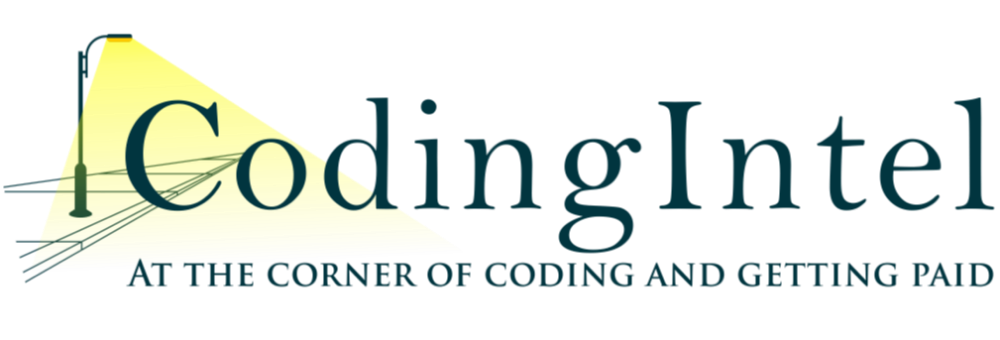ARCHIVE
The 1995/1997 Documentation Guidelines are gone beginning 1-1-2023. (Ding dong….) However we will still need to use them when auditing notes from before 2023.
This article does not apply to services performed after 1-1-2023.
What do you need to document for the exam?
Although exam is not a key component in 2021 for codes 99202–99215, it is still a good idea to describe the exam elements.
According to the Documentation Guidelines, exam findings must be documented. It is not sufficient to list the areas documented and then describe only abnormal findings. From the Guidelines:
DG: Specific abnormal and relevant negative findings of the examination of the affected or symptomatic body area(s) or organ system(s) should be documented. A notation of “abnormal” without elaboration is insufficient.
DG: Abnormal or unexpected findings of the examination of the unaffected or asymptomatic body area(s) or organ system(s) should be described.
DG: A brief statement or notation indicating “negative” or “normal” is sufficient to document normal findings related to unaffected area(s) or asymptomatic organ system(s)
What does this mean in dermatology notes documented using an electronic medical record?
It is insufficient to simply list the exam areas examined. There must be a notation that those exam areas were normal.
“Relevant negative findings of the affected or symptomatic body area(s) or organ system(s) should be documented.”
Look at your template. Does it simply list the body areas examined or does it specifically say that they were normal, except as described in the next section.
- List what was examined. “Examinations below found to be normal (except as noted on exam),” doesn’t get credit unless the body areas are listed.
- Here is an example of a template that works: “An examination was performed including the scalp (including hair inspection), head, (including face), lips, neck, chest, abdomen, back, RUE, LUE, RLE, LLE, breasts, buttocks (not genitalia) and inspection and palpation of digits and nails. Findings in the above exam areas were normal with the exception of…
- Here is an example that doesn’t work: “Patient had a full body exam except genitalia, which included abdomen, back, buttocks, chest, breast and axilla, head, face, RUE, LUE, RLE, LLE.” There is no statement that the exam was normal. There is a description of abnormalities in the procedure note.
Want unlimited access to CodingIntel's online library?
Including updates on CPT® and CMS coding changes for 2025
